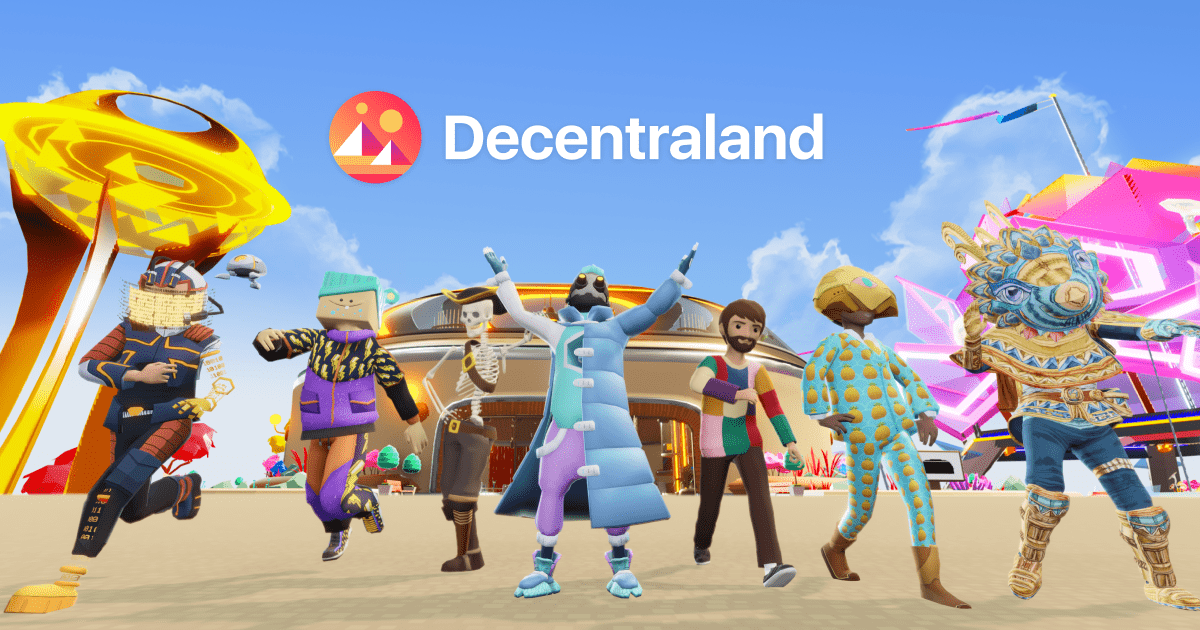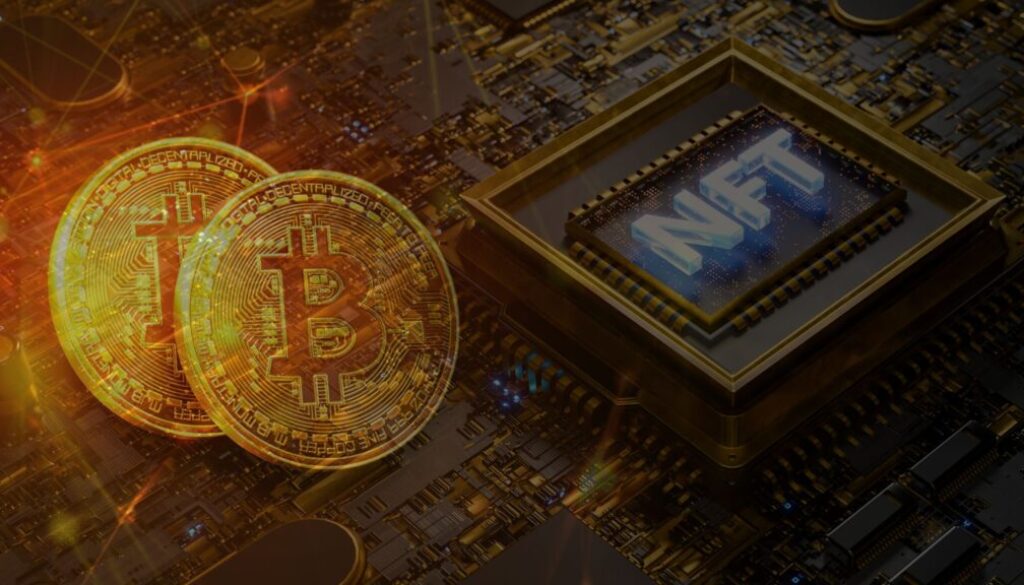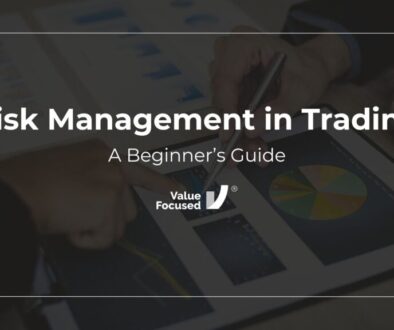From Bitcoin to Artwork: How NFTs are Revolutionizing the World of Collectibles
Welcome to the exciting world of NFTs!
In recent years, we have seen a surge in the popularity of cryptocurrencies such as Bitcoin. But now, there’s a new kid on the block: Non-Fungible Tokens (NFTs). These unique digital tokens are transforming the way we collect and value artwork, music, videos, and other forms of creative content.
In this blog post, we’ll explore how NFTs are revolutionizing the world of collectibles by providing an innovative platform for artists and collectors alike to showcase their work and make history in the process. So buckle up and let’s dive into this fascinating topic!
Introduction to NFTs and Cryptocurrency
NFTs, or non-fungible tokens, are digital assets that are unique and cannot be replicated. Unlike cryptocurrency, which can be divided into smaller units, NFTs represent a single item or piece of digital content. This uniqueness makes NFTs well-suited for use cases like collectibles, gaming, and digital art.
 Cryptocurrency is a type of digital asset that uses cryptography to secure transactions and to control the creation of new units. Cryptocurrency is decentralized, meaning it is not subject to government or financial institution control. Bitcoin, the first and most well-known cryptocurrency, was created in 2009.
Cryptocurrency is a type of digital asset that uses cryptography to secure transactions and to control the creation of new units. Cryptocurrency is decentralized, meaning it is not subject to government or financial institution control. Bitcoin, the first and most well-known cryptocurrency, was created in 2009.
NFTs were first introduced in 2012 with the launch of the Ethereum blockchain. Since then, NFTs have been used for a variety of applications including games, digital art, and collectibles. The popularity of NFTs has grown in recent months as more people have become interested in cryptocurrency and blockchain technology.
The use case that has received the most attention lately is NFT-based collectibles. These include virtual items like crypto kitties and NBA Top Shot moments. Collectors are drawn to NFTs because they offer rarity and uniqueness that traditional collectibles lack. For example, there are only a limited number of crypto kitties that can ever be created, making each one more valuable than mass-produced toys or figurines.
What are the Benefits of Investing in NFTs?
NFTs, or non-fungible tokens, are digital assets that are unique and cannot be replaced. This makes them ideal for collectibles, as they can be authenticated and verified without the need for a third party. NFTs also offer a number of other benefits, including:
1. Fractional ownership: With NFTs, you can own a fraction of an asset, such as a piece of art or a piece of digital property. This allows you to invest in assets that would otherwise be out of your price range.
2. Portability: NFTs are stored on the blockchain, which means they can be easily transferred and traded without the need for physical transport.
3. divisibility: NFTs can be divided into smaller units, meaning you can trade or sell them in smaller amounts. This makes them more liquid than traditional assets and easier to trade.
4. Increased security: The blockchain is a secure and tamper-proof platform, which means that NFTs are more secure than traditional assets.
5. 24/7 trading: The decentralized nature of the blockchain means that NFTs can be traded 24/7, anywhere in the world.
How to Invest in NFTs?
If you’re interested in investing in NFTs, there are a few things you need to know. First, it’s important to understand what NFTs are and how they work. NFTs are digital assets that are stored on a blockchain. This makes them unique and immutable, meaning they can’t be replicated or counterfeited.

There are a few different ways to invest in NFTs. One option is to buy them directly from an exchange or marketplace. You can also invest in companies that are involved in the NFT space, such as those that develop the technology or create the content.
Another way to get exposure to NFTs is to invest in cryptocurrencies that are built on top of a blockchain platform that supports NFTs. For example, Ethereum is a popular choice for investing in NFTs because it has a native token (ETH) and supports smart contracts, which make it easy to create and manage NFTs.
You can also invest in traditional assets that have been tokenized as an NFT. For example, there are now tokenized versions of artworks, real estate, and even venture capital investments. These tokenized assets offer investors all of the benefits of owning the underlying asset, plus the added security and immutability of being stored on a blockchain.
So, how do you decide which investment option is right for you? It depends on your goals and risk tolerance. If you’re looking for long
Different Types of Digital Assets
Digital assets come in many different forms. The most popular and well-known form of digital asset is the cryptocurrency, such as Bitcoin. However, there are many other types of digital assets that are becoming increasingly popular, particularly in the world of collectibles.
One type of digital asset that is growing in popularity is the non-fungible token (NFT). NFTs are unique, digital tokens that represent a wide variety of assets, from art and music to virtual land and property. Unlike cryptocurrencies, which are interchangeable and can be divided into smaller units, NFTs are non-divisible and each one is unique. This makes them ideal for use as collector’s items or for powering digital economies within online games and virtual worlds.
Another type of digital asset that is gaining traction is the security token. Security tokens are cryptographic tokens that represent ownership or stake in a company or project. They may give holders voting rights, dividend payments, or other benefits. Security tokens are highly regulated and must comply with securities laws in the jurisdictions in which they are offered.
Digital assets are revolutionizing the world of collectibles by making it possible to own and trade unique items using blockchain technology. With more and more types of digital assets emerging, there is sure to be something for everyone in the world of collectibles.
Pros & Cons of Investing in NFTs
Non-fungible tokens, have been gaining popularity in recent years as a new way to invest in and collect digital assets. NFTs are unique, digital assets that can be purchased and sold like any other asset, but they also come with a few potential drawbacks that investors should be aware of before diving in.
NFTs are the new buzz in the world of collectibles. They offer a unique way to own digital assets that were previously non-fungible. However, as with any investment, there are pros and cons to consider before jumping headfirst into NFTs.
One major pro is the potential for huge profits if you invest well. Some NFT art pieces have sold for millions of dollars, which is an incredible return on investment. Additionally, owning an NFT allows you to be part of a growing community of collectors who share your interest in this exciting new field.
On the other hand, investing in NFTs can also come with risks. The market is still relatively new and volatile, so it’s hard to predict future returns or value growth accurately. There’s also a risk that what you buy might not appreciate at all or even decrease in value over time.
Ultimately, whether investing in NFTs is right for you depends on your personal financial goals and tolerance for risk. It’s always essential to do proper research before making any significant investments and remember never to spend more than you’re willing to lose!
Examples of Popular NFTs and Artwork
NFTs, or non-fungible tokens, are becoming increasingly popular in the world of digital collectibles. While Bitcoin and other cryptocurrencies have been around for a while, NFTs are a relatively new phenomenon. Nevertheless, they are already having a major impact on the way people collect and trade digital assets.
One of the most popular examples of an NFT is Cryptokitties. Cryptokitties are digital cats that can be bought, sold, or traded on the Ethereum blockchain. They were one of the first mass-adopted NFTs and remain one of the most popular today.
Other popular NFTs include Decentraland land parcels, NBA Top Shot moments, and CryptoPunks characters. These examples illustrate how diverse NFTs can be – they can represent just about anything that can be stored digitally.

Artwork is also a popular type of NFT. Many artists have started creating digital art that is available for purchase as an NFT. This allows collectors to own unique pieces of art that cannot be replicated or counterfeited.
Conclusion
Non-fungible tokens (NFTs) are rapidly becoming a revolutionary way to buy, sell, and collect digital items. From artwork, to music, to sports trading cards – NFTs offer an incredible new platform for collectors of all types.
While the technology is still young and has yet to be widely adopted by mainstream audiences, it’s clear that the potential applications of NFTs are immense and exciting. We’re sure we’ll continue to see more innovative uses for this technology in the coming years as people from around the world explore how they can use NFTs to their advantage.




